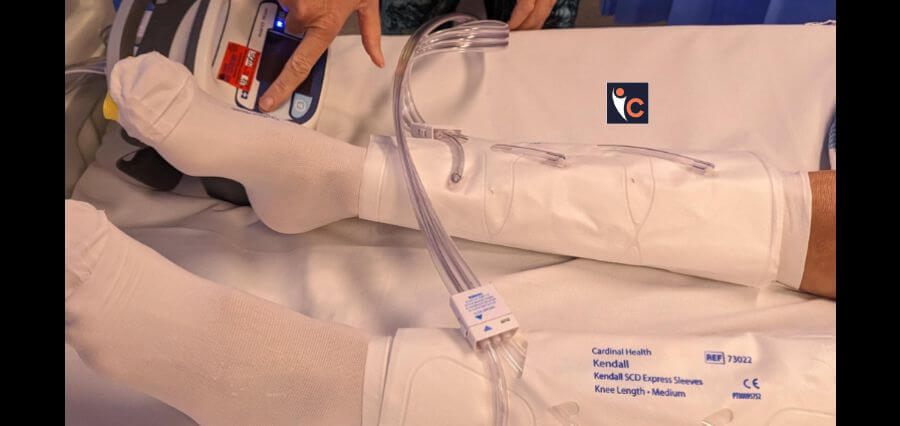Early trial results from six patients with recurrent glioblastoma may be a promising step towards developing cell therapies for solid tumors.
Targeting two brain tumor-associated proteins—rather than one—with CAR T cell therapy shows promise as a strategy for reducing solid tumor growth in patients with recurrent glioblastoma (GBM), an aggressive form of brain cancer, according to early results from the first six patients treated in an ongoing Phase I clinical trial led by researchers from the Perelman School of Medicine at the University of Pennsylvania and Penn Medicine’s Abramson Cancer Center. The findings, published today in Nature Medicine, suggest that this “dual-target” approach is an encouraging step toward developing effective, long-lasting therapies for solid tumors like GBM.
“This is the first time CAR T cell therapy with two targets, rather than just one, has been administered to patients with glioblastoma,” said Stephen Bagley, MD, MSCE, an assistant professor of Hematology-Oncology, and Neurosurgery, and principal investigator in the clinical trial. “Our results suggest that this is a step in the right direction, and this method, when delivered through a patient’s spinal fluid, could be the key to developing therapies that outsmart the complicated defense systems of GBM.”
GBM is the most common—and most aggressive—type of cancerous brain tumor in adults. Individuals with GBM usually expect to live 12-18 months following their diagnosis. Despite decades of research, there is no known cure for GBM, and approved treatments—such as surgery, radiation, and chemotherapy—have limited effect in prolonging an individual’s life expectancy. However, even after aggressive treatment, GBM returns in most patients, which is known as recurrent GBM. The median survival rate for recurrent GBM is less than one year.
CAR T cell therapy uses a patient’s own immune system to fight cancer; a patient’s T cells—the white blood cells that find and fight illness and infection in the body—are removed, re-programmed to recognize proteins, or antigens, characteristic of a specific type of cancer, and then returned to the body, where they seek out and destroy these cancer cells. CAR T cell therapy is FDA approved to fight a number of blood cancers, like leukemia, but researchers have struggled to engineer cells to successfully seek out and kill solid tumors, which make up the vast majority of cancer types, including GBM.
“The challenge with GBM and other solid tumors is tumor heterogeneity, meaning not all cells within a GBM tumor are the same or have the same antigen that a CAR T cell is engineered to attack, and every person’s GBM is unique to them, so a treatment that works for one patient might not be as effective for another,” said Bagley. “What’s more, GBM tumors can evade a patient’s immune system, and block immune cells—both engineered CAR T cells, and a patient’s own immune cells—that might otherwise fight the tumor. Our challenge is getting our treatment around the tumor’s defenses so we can kill it.”
Read More: Click Here















